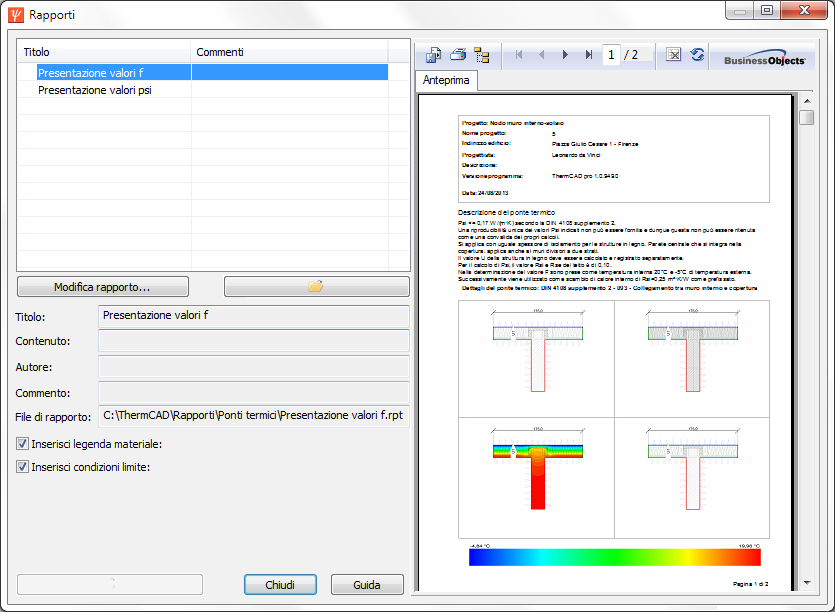
The complexity of walking robots is usually related not only to mechanical parts but also to servomotors and the necessary electronics to efficiently control such a robotic system. Traversing rough terrains is one of the domains where multi-legged walking robots benefit from their relatively more complex kinematics in comparison to wheeled robots. Finally results coming from an experimental campaign based of the PhantomX AX Metal Hexapod Mark II robotic platform by Trossen RoboticsTM is reported. A feed-back control system able to recognize leg-terrain touch and react accordingly to assure movement stability will then be developed. It will be presented a dynamic model derived from the interpretation of the hexapod movement to be comparable to these of the base-platform PKM machines, and said model will be validated through Matlab SimMechanicsTM physics simulation. Furthermore terrain interaction will be deeply investigated, leading to the development of a terrain-adapting control algorithm that will allow the robot to react swiftly to terrain shape and asperities such as non-linearities and non-continuity within the workspace. In this paper will be proposed state-of-the-art hexapod robot specific control architecture that allows for full control over robot speed, body orientation and walk gait type to employ.

Despite their high degree of flexibility and adaptability derived by their redundant design, the research field that compliments their abilities is still very lacking.

Bio-inspired walking hexapod robots are a relatively young branch in robotics in both state of the art and applications.


 0 kommentar(er)
0 kommentar(er)
